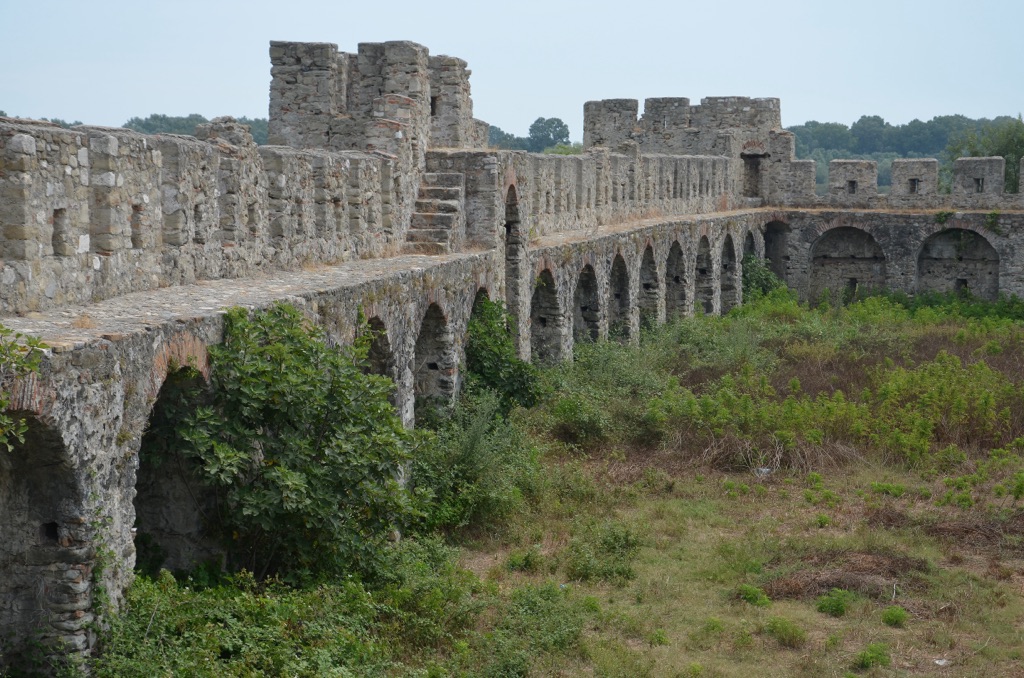The Bashtova Fortress is a historical site located in Albania. It stands as a testament to the country’s rich medieval past. The fortress, also known as the Castle of Bashtova, is a remnant of the once-powerful Ottoman Empire. It is situated near the Shkumbin River and the Adriatic Sea, which made it a strategic point for defense and trade. The structure’s exact origins are somewhat unclear, but it is believed to have been built in the 15th century. Over the centuries, it has witnessed various historical events and has undergone several transformations. Today, it is a cultural heritage site that attracts historians, archaeologists, and tourists alike.
Fortresses
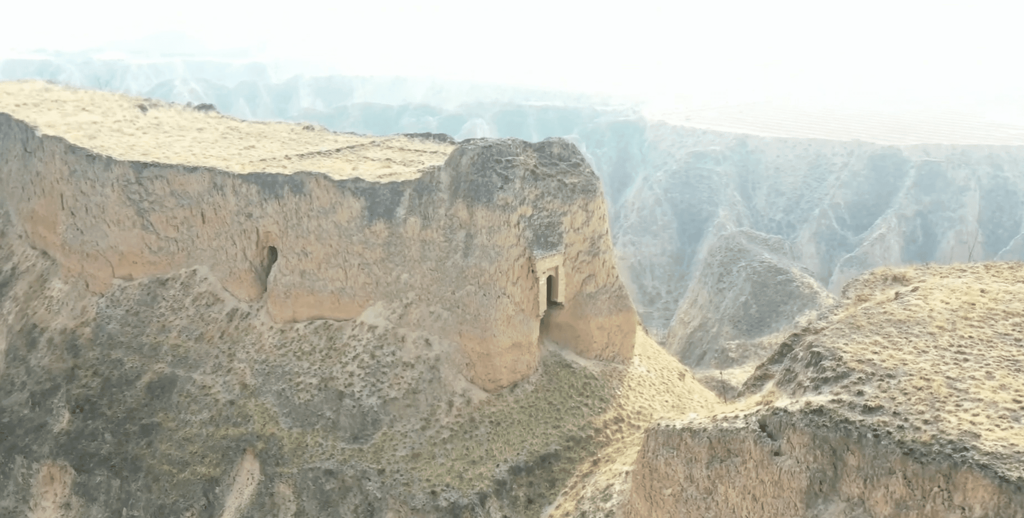
Fortresses are strong defensive structures used by armies to guard strategic locations. They were built throughout history in places where protection from invaders was crucial, often on high ground or near borders.
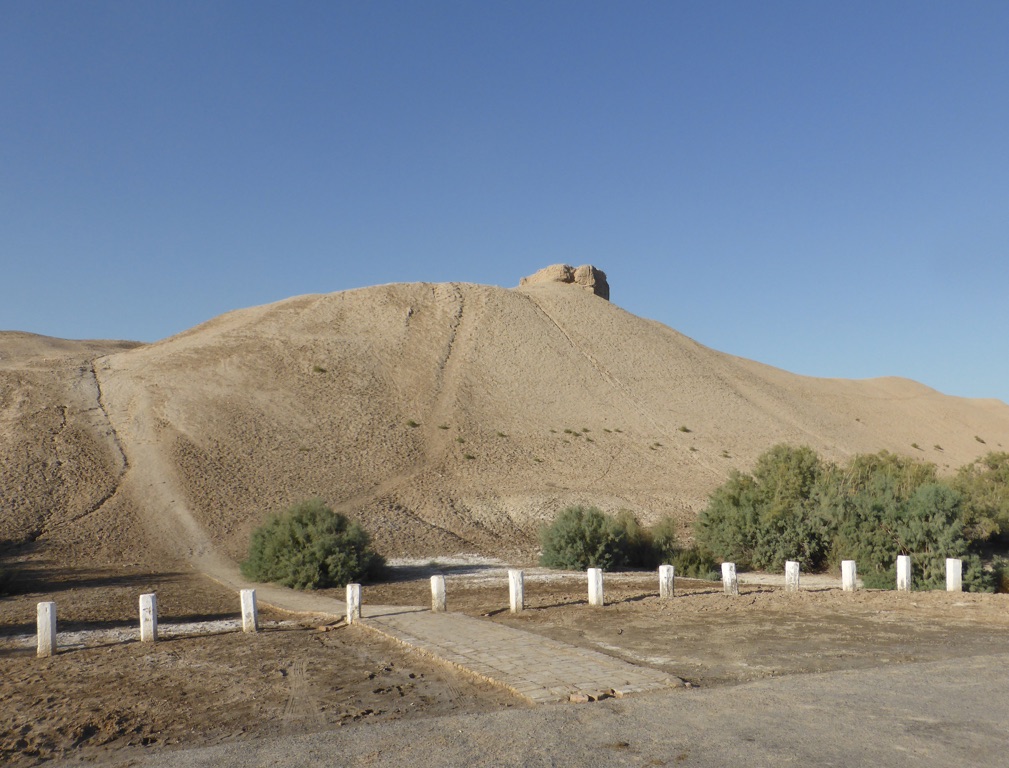
Erk Kala (Fortress of Alexander)
Erk Kala, also known as the “Fortress of Alexander,” is an ancient archaeological site located in modern-day Turkmenistan. It is part of the larger site of Merv, which has been recognized by UNESCO as a World Heritage Site. Erk Kala dates back to the 6th century BC and is the oldest of the five main sites that make up the historical urban center of Merv. The site is a testament to the various cultures and empires that have influenced the region, including the Achaemenid Empire, the Hellenistic period, and later Islamic cultures.
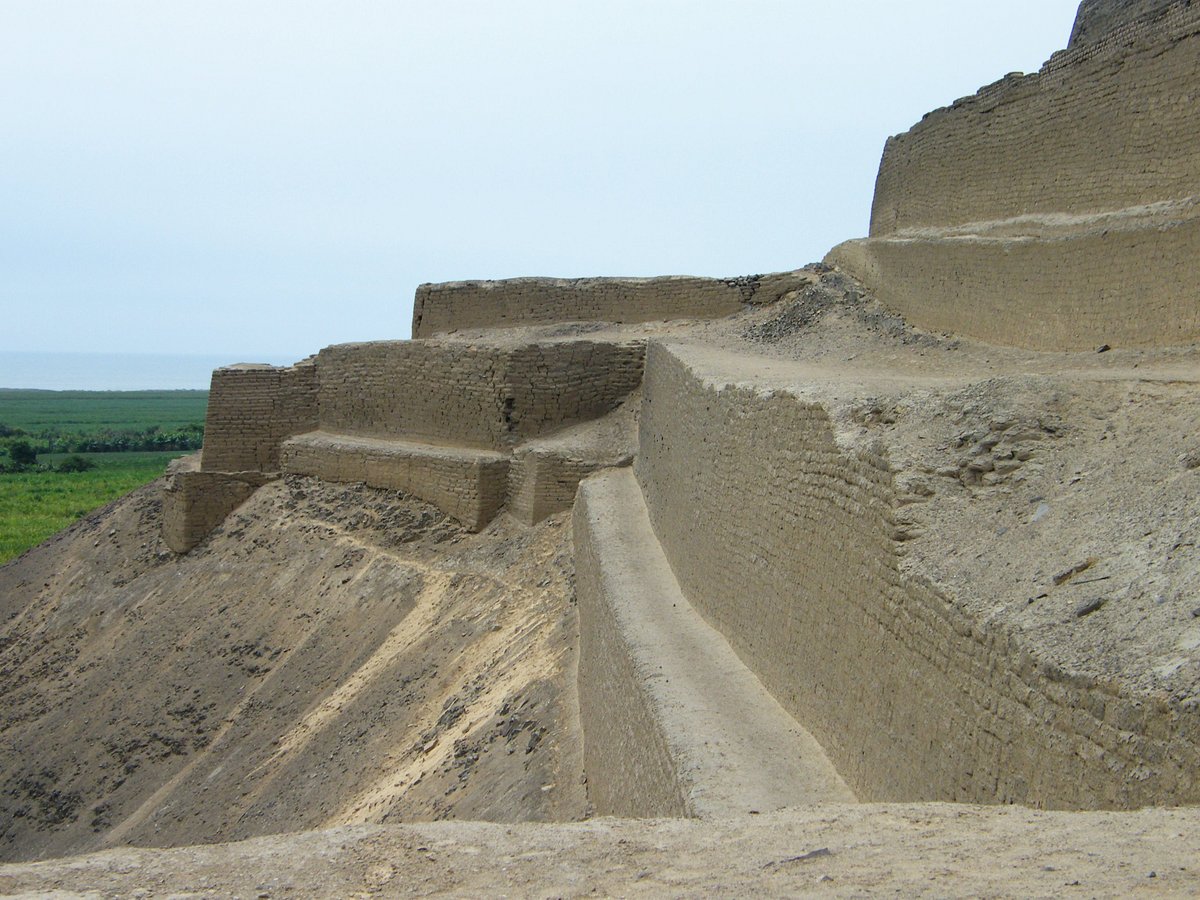
Paramonga Fortress
Paramonga Fortress stands as a testament to the ingenuity of ancient cultures. Nestled in the coastal valleys of Peru, this pre-Inca citadel captures the attention of historians and travelers alike. It showcases the architectural prowess of the Chimu and the succeeding Inca civilization. Remnants of walls, reliefs, and impressive gateways beckon visitors to explore its storied past. The fortress, believed to be built in the 15th century, served multiple roles, from a military stronghold to a site of religious significance.
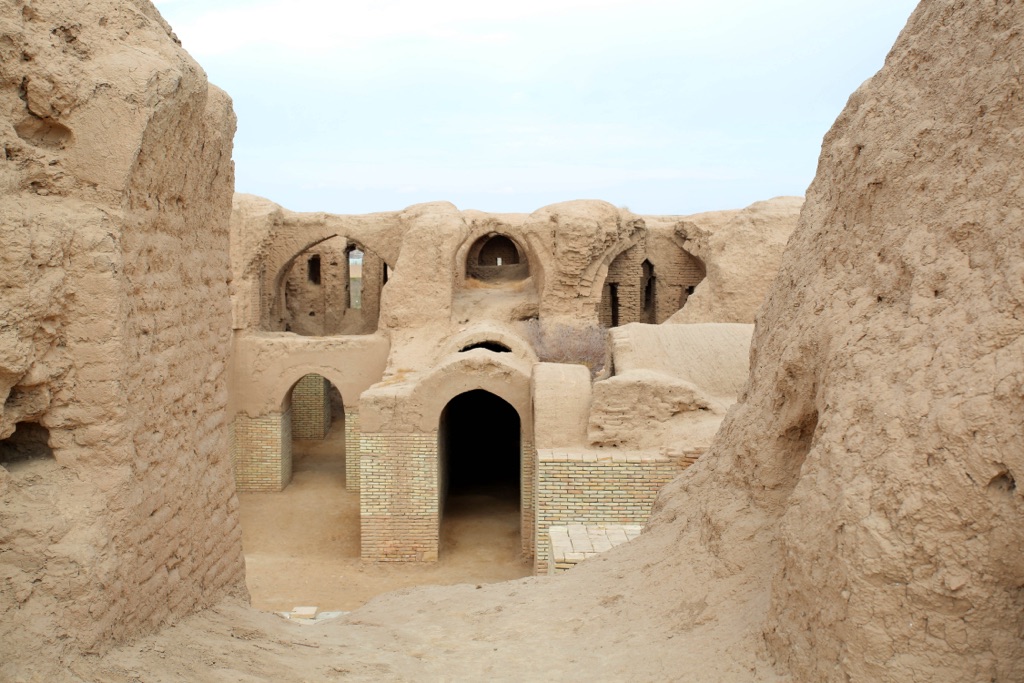
QirqQiz Fortress
The QirqQiz Fortress holds a tale as ancient as the Silk Road winds that sweep across Central Asia. This imposing structure, nestled in the fertile region of modern-day Uzbekistan, stands as a testament to the engineering and military prowess of the Karakhanid era. Built between the 11th and 12th centuries, the fortress’s purpose was to guard a thriving city along one of the world’s busiest trade routes back then. Its sturdy walls, although partially in ruins, tell a story of resilience and cultural exchange, offering a vivid window into the past for historians and travelers alike.
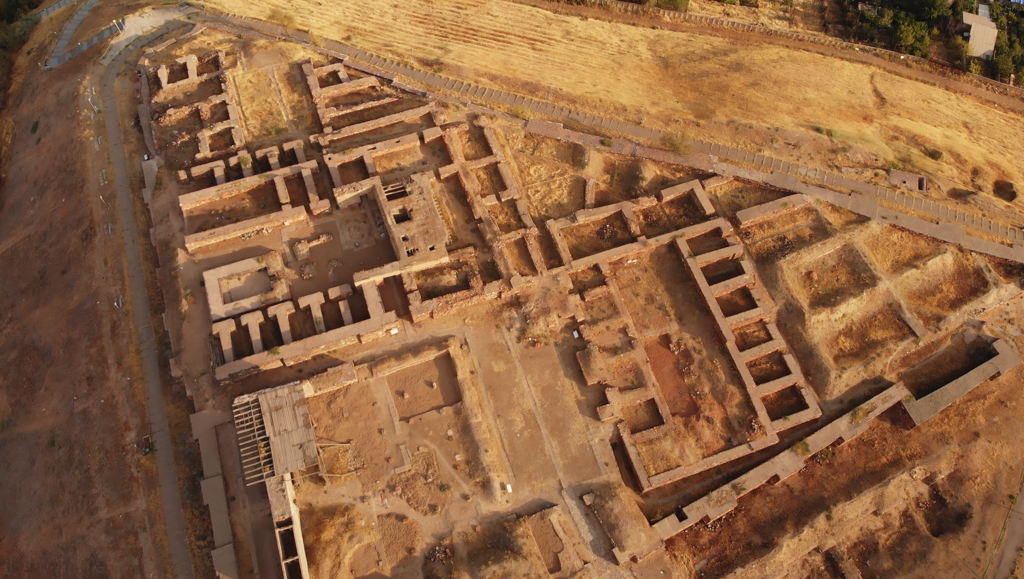
Erebuni Fortress
Delve into the past at Erebuni Fortress, a historical marvel in Yerevan, Armenia. Founded in 782 BC by King Argishti I of Urartu, this ancient site offers a window into the Iron Age kingdom’s might and sophistication. Visitors can explore the remnants of the once-majestic fortress and temple, revealing the Urartian passion for architecture and worship. The fortress, perched atop Arin Berd hill, provides a panoramic view of the modern city against the backdrop of Mount Ararat, blending the ancient with the present.
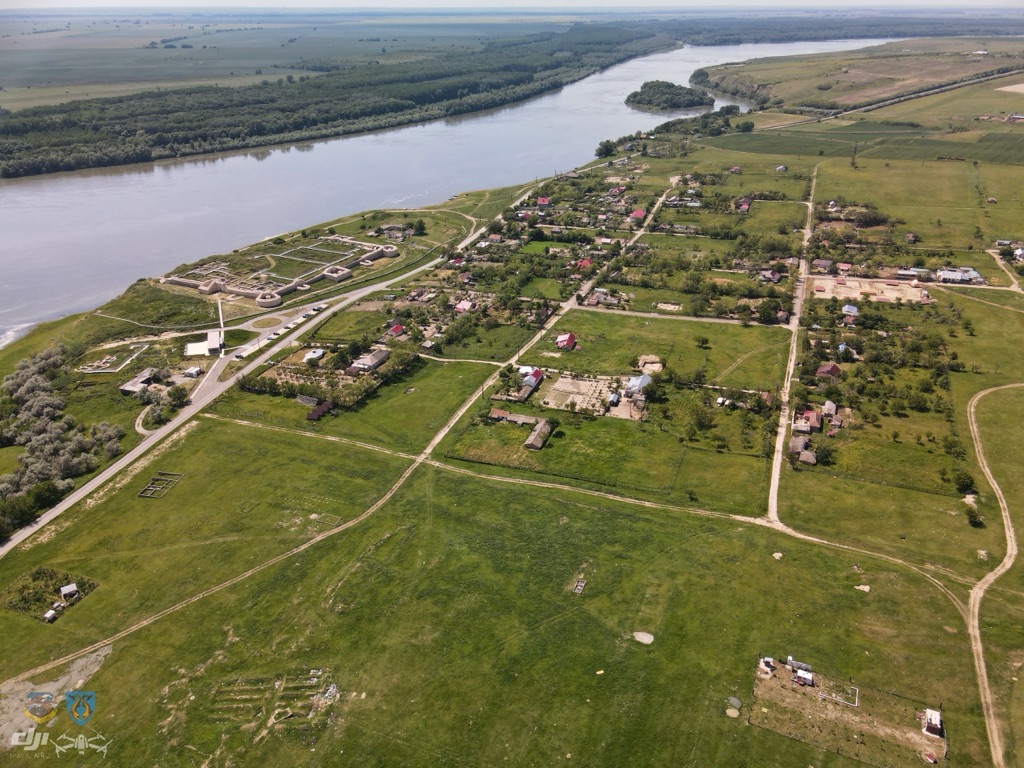
Fortress Capidava
Nestled on the banks of the Danube in Romania, the Fortress Capidava stands as a testament to ancient times. It began as a Dacian settlement. Later, the Romans transformed it into a military fortress. For centuries, it guarded the frontier of the Roman Empire. The structure showcases a mix of Dacian, Roman, Byzantine, and even Ottoman influences. Its remnants tell the story of diverse cultures and turbulent history. Today, it serves as a fascinating archaeological site. Visitors can explore its ruins and learn about its past through guided tours and interactive exhibits.

